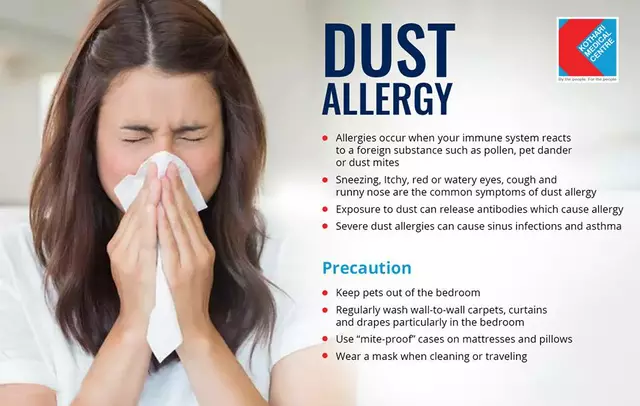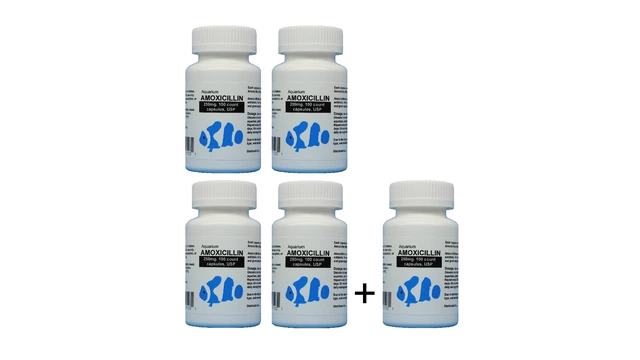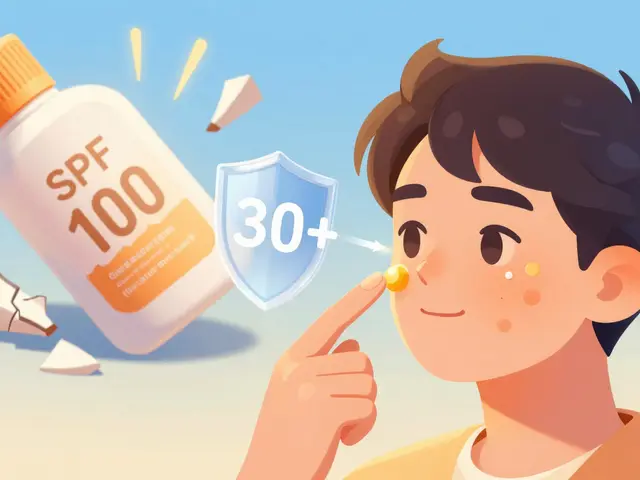Tips for Managing Allergic Disorders in College
May 12 2023Hair loss: what really works and what to try first
Seeing more hair in the drain is stressful. The good news: many common types of hair loss respond to simple steps and proven treatments. This page cuts through hype and gives clear, practical actions you can try today, plus what to check before buying medications online.
Start by figuring out the likely cause. Male-pattern and female-pattern hair loss (androgenetic alopecia) usually shows as a receding hairline or widening part. Telogen effluvium is sudden shedding after stress, illness, or a big life event. Other causes include thyroid problems, low iron (ferritin below ~50 ng/mL can matter for some people), certain medications, and tight hairstyles that pull on the follicles.
Evidence-based treatments that work
Topical minoxidil (2% or 5%) and oral finasteride (1 mg) are the best-studied options for pattern hair loss. Expect to wait: minoxidil often needs 3–6 months of daily use, and finasteride usually shows benefit after 3–6 months too. Minoxidil can cause initial shedding for a few weeks; that’s normal. Finasteride can have sexual side effects in a small percentage of men, so talk to your doctor before starting.
Other proven options: low-level laser therapy (home devices or clinic treatments) and PRP (platelet-rich plasma) injections—PRP often uses three monthly sessions then maintenance every 4–6 months. Hair transplants give permanent results when done by an experienced surgeon, but expect cost, downtime, and a realistic discussion about density.
Microneedling can boost topical absorption and stimulate follicles. Small clinical trials show combining microneedling with minoxidil gives better results than minoxidil alone. If you try microneedling, follow sterile technique and avoid aggressive home devices without guidance.
Simple daily changes that help
Eat enough protein, check iron and vitamin D, and avoid crash diets. Stop tight ponytails and heavy braids. Scalp massage for a few minutes daily may improve blood flow and feels good. Use gentle shampoos and skip harsh chemical treatments while you’re trying to regrow hair.
When to see a doctor: sudden large-scale shedding, bald patches, severe scalp itching, or signs of infection need prompt evaluation. Ask for basic tests: TSH, ferritin, CBC, and for women, consider androgen levels if other signs appear.
Buying meds online? Be cautious. Use pharmacies that require a prescription, have clear contact details, secure websites (https), and positive independent reviews. Tools like CIPA and PharmacyChecker help verify Canadian and international pharmacies. Avoid vendors offering controlled drugs without a prescription or suspiciously low prices.
Final note: combine approaches—medical treatment plus lifestyle change—usually gives the best results. Pick one or two reasonable options, stick with them for at least 4–6 months, and check in with a dermatologist if progress stalls.
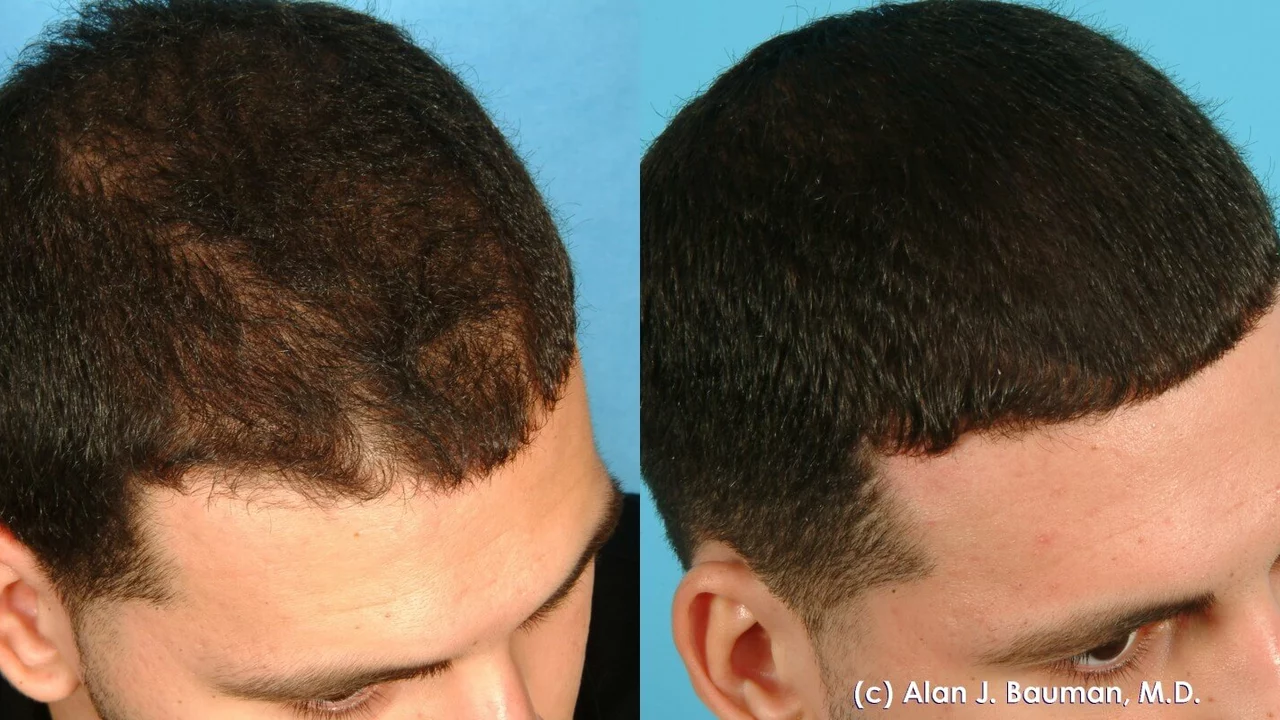 1 Aug
1 Aug
Norethindrone Acetate and Hair Loss: A Possible Side Effect?
Well, folks, let's dive headfirst into the wild world of Norethindrone Acetate, a medication more tongue-twisting than my Aunt Sally's spaghetti! Can you believe it, this medical marvel might be playing hide-and-seek with your lovely locks, causing hair loss as a possible side effect! It's like a bad hair day, but on steroids - literally! Nevertheless, don't start sporting the bald look just yet, it isn't a sure-fire side effect for everyone, and it's always best to chat with your doc before jumping to conclusions. So, my hairy friends, keep your wigs on and remember, laughter is the best medicine, unless you're bald, then Norethindrone Acetate might come second!
Read More...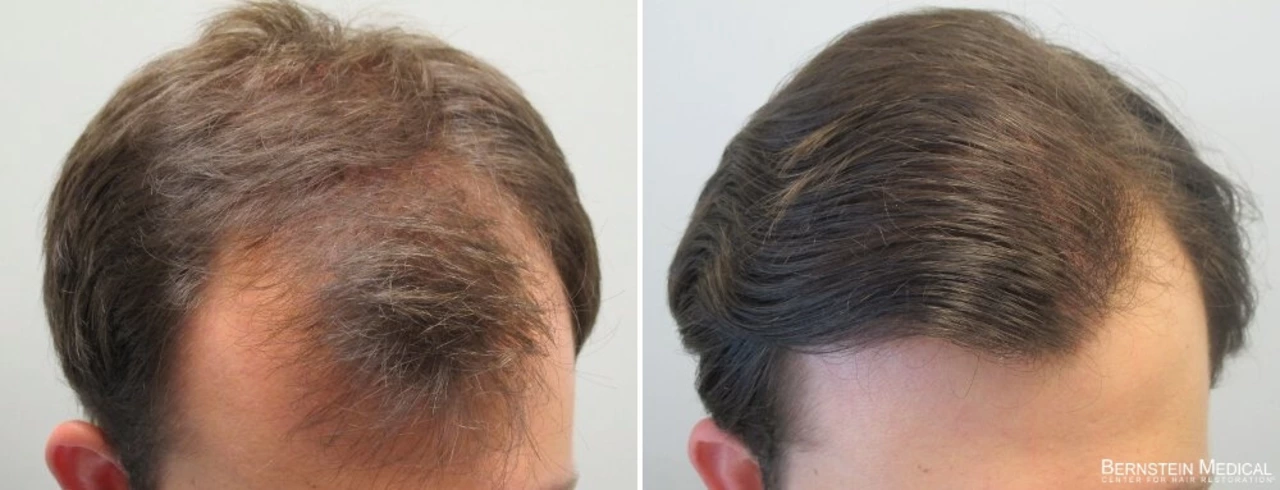 1 Jun
1 Jun
The Science Behind Minoxidilfinasteride: How It Works to Combat Hair Loss
As a blogger, I've recently been researching the science behind Minoxidilfinasteride and how it works to combat hair loss. From what I've gathered, Minoxidilfinasteride is a combination of two FDA-approved medications, Minoxidil and Finasteride, which work together to help regrow hair. Minoxidil works by increasing blood flow to the hair follicles, promoting growth, while Finasteride blocks the hormone DHT, which is responsible for hair loss. This powerful duo has been proven to be more effective than using either medication alone. I'm excited to share this information with my readers and help them better understand how Minoxidilfinasteride can be a game-changer in the battle against hair loss.
Read More...
